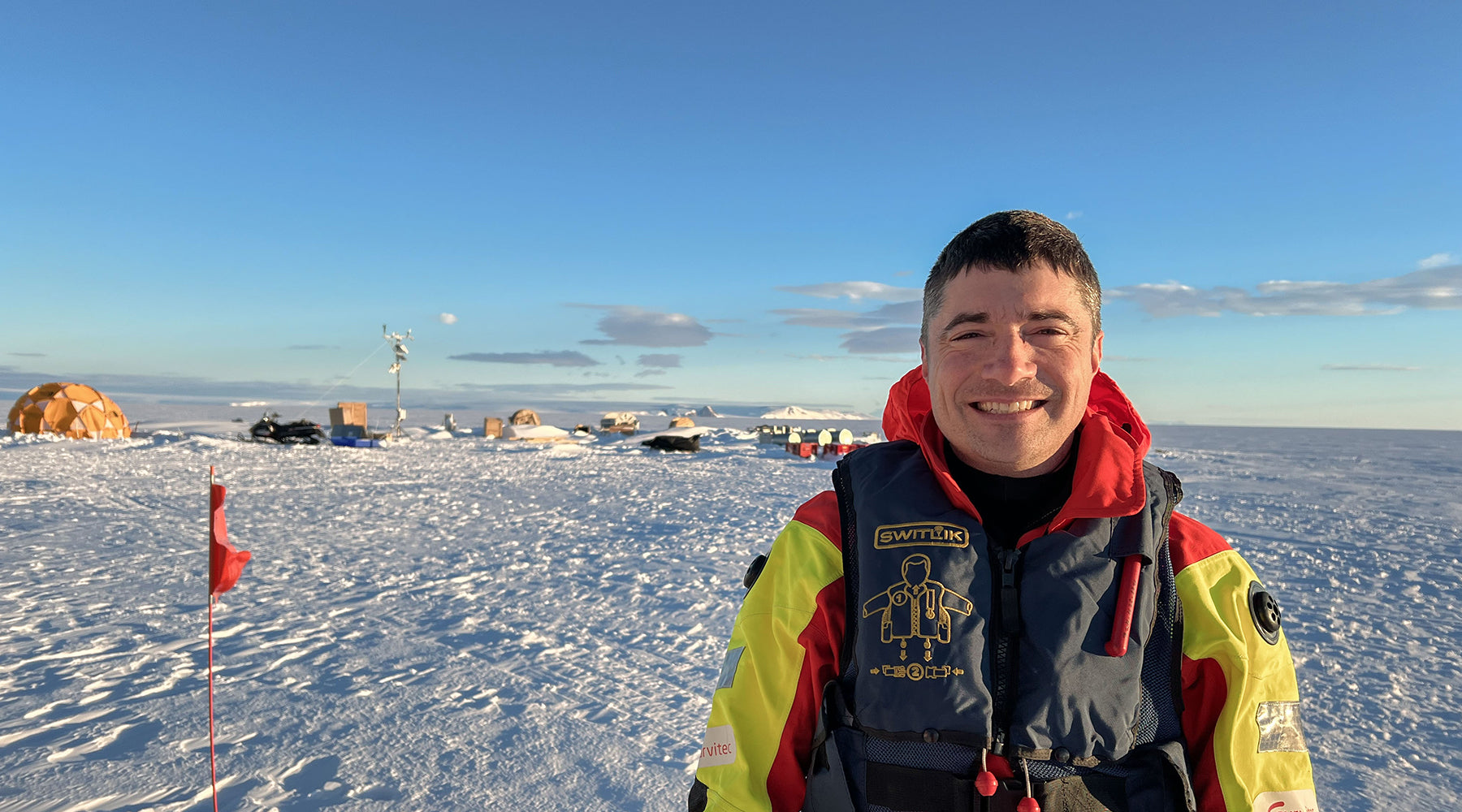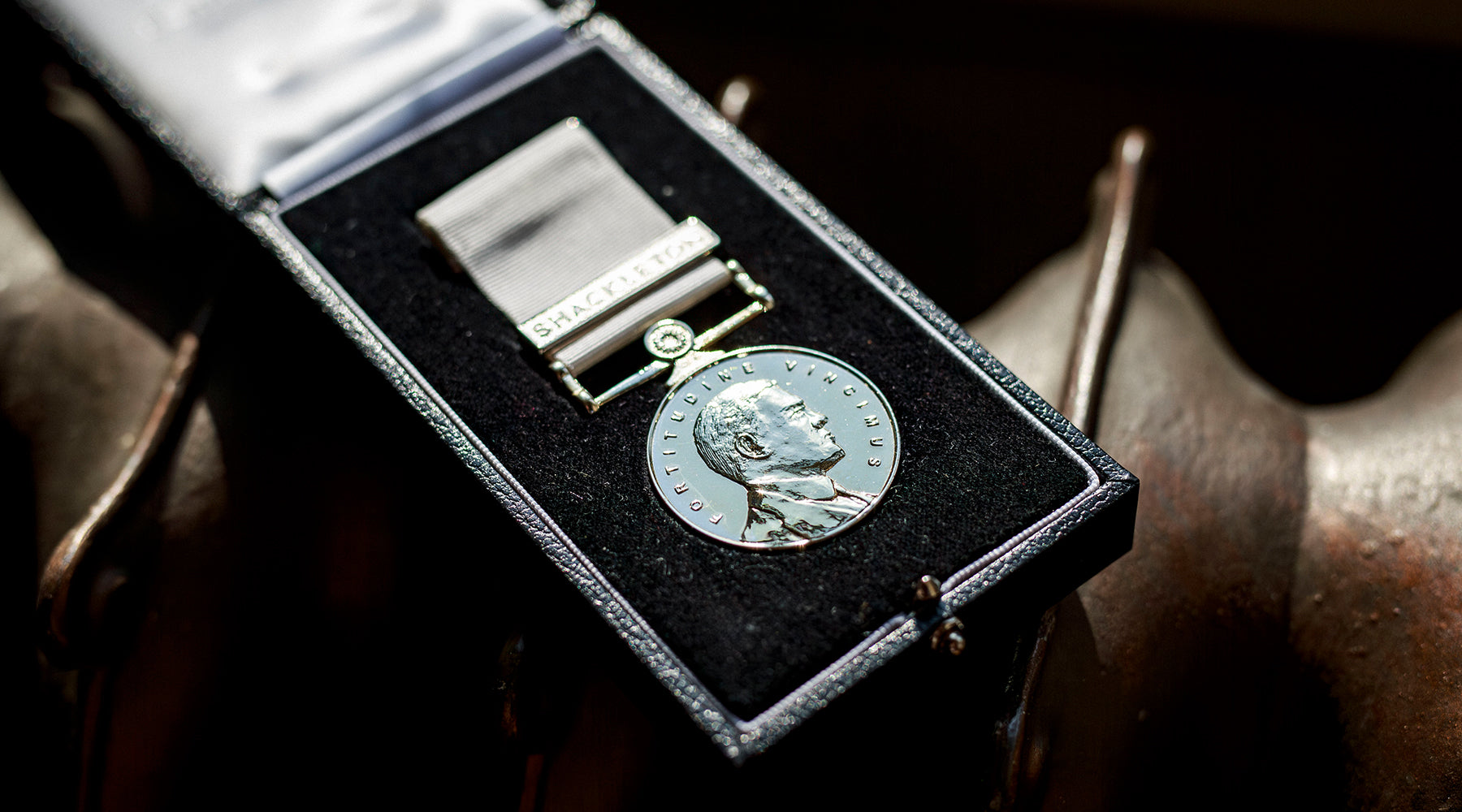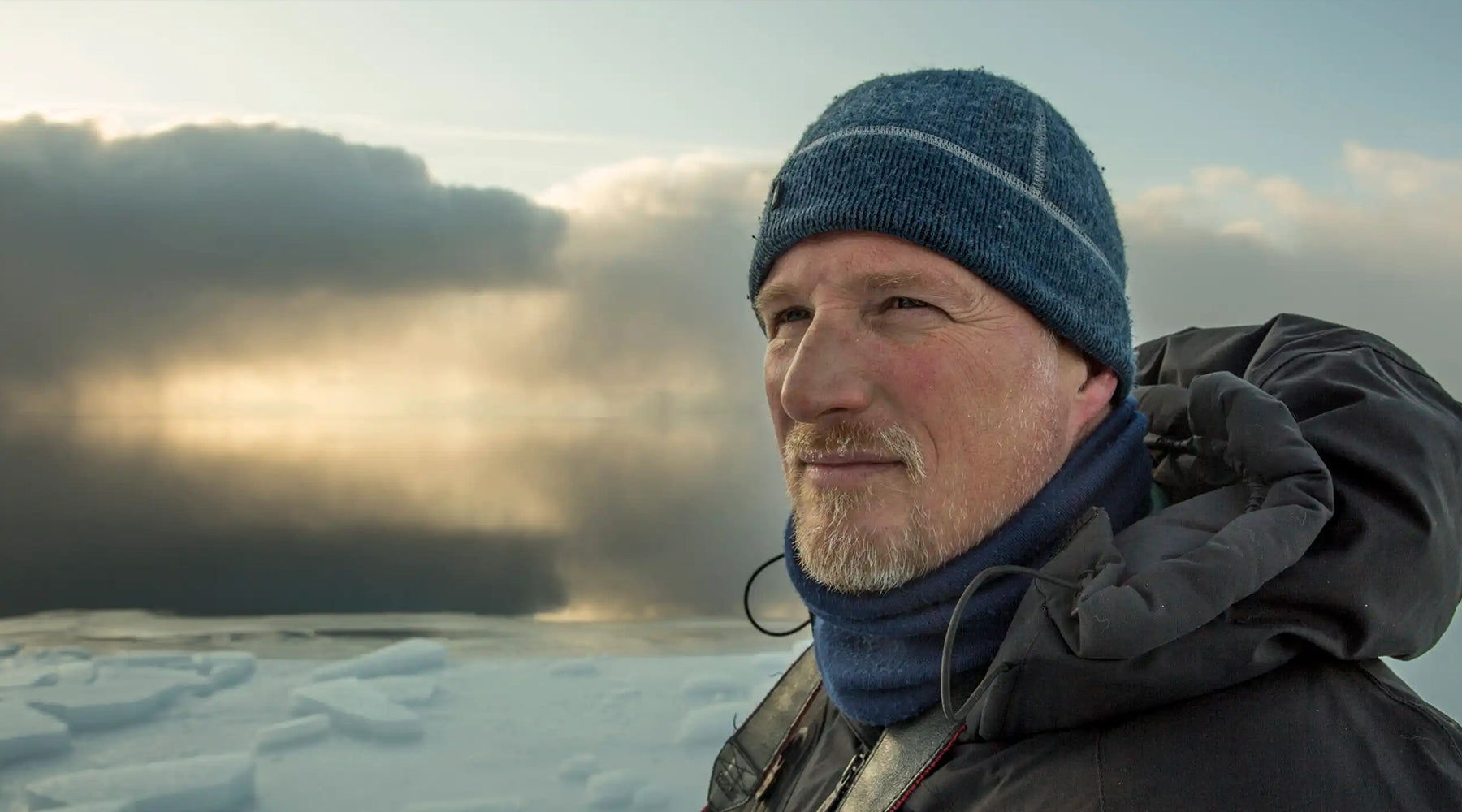
SHACKLETON MEDAL 2025: MEET THE SHORTLIST - JAMIN S GREENBAUM
Antarctic Geophysicist, nominated this year by The Explorers Club as one of its ‘Class of 2025’ under the ‘Innovator’ category.
With 19 polar expeditions and groundbreaking airborne sensing technologies, Greenbaum is a leader in understanding how Antarctica’s ice sheet is melting. His international collaborations and innovative tools are reshaping how we predict global sea-level rise.
What inspired you to do what you do?
I’ve been inspired by exploration since I was a kid. Then, in the mid 2000s I was inspired by the need to better understand processes that were a result of climate change. Michael Mann’s hockey stick theory - the iconic graph showing the dramatic effect of humans on global warming since the 20th century - was in the news a lot. I became really interested in using exploration in the service of understanding climate change.
What route has your career taken?
I was inspired by Ernest Shackleton from the beginning – I’d read his account of the Endurance expedition in South. But at first my interest in polar exploration during his time motivated me to look at getting involved in space exploration. In 2013 I was a finalist to be a NASA astronaut. They called back 50 people for a second in-person interview – and that interview lasted for seven days. I got right down to the last few but in the end they didn’t select me. It was disappointing, but around the same time I was really excited about a project that involved collaborating on a survey of East Antarctica. So even though my lifelong dream, since being a child, had been space exploration, I’m now really happy with how things turned out.
(Jamin was an undergraduate researcher with NASA’s Jet Propulsion Laboratory from 2001 to 2003, before becoming a Space Scholar with Air Force Laboratory from Jun 2006-Sep 2006. In 2007 he switched from engineering to science, working with the geophysical remote sensing of ice sheets and ice shelves.)
The New Yorker wrote a piece about your work placing sensors on Thwaites Glacier to monitor ice melt. You yourself had devised the method, which involved launching probes while hanging out of a helicopter in potentially lethal winds.
The field season that the article described was on the centennial of Shackleton's passing. It was 2022. We were hearing about the SA Agulhas II’s discovery of the Endurance while we were out there – we weren’t that far away, over in West Antarctica. It was the first time we had tried using these sensors launched from a helicopter, and we discovered these really exciting places, but we were also struggling to get good data from the best places. So we ended up staying up all night to figure it out. Though it seemed risky, we knew we had to come up with a method that was safe in the eyes of the pilots. We wanted to fly really low, because the targets that we were trying to sample were the size of a kitchen table and covered in thin ice.
Initially when we threw the sensors out the data wasn’t any good. Back on the ship we figured out that the metal protective shells on the sensors were interfering with the information they could transmit. So one member of our team – who had experience with this – suggested that we deploy the sensors without a shell. After calculating the best way to do this [a complex process that involved using the removed shells to smash holes in the ice before dropping the sensors] we had to work out the safest way to strap me into the helicopter so I didn’t fall out when I was leaning out to deploy the sensor on a spool. It was wild – it felt like the spirit of Apollo 13 [where all three astronauts survived after an oxygen tank exploded] – but it was also a brilliant experience because I was working with a group of people who were so completely inspired by the science.
What are you proudest of that you’ve achieved in the last year?
I think we need to get even better data even than what those individual sensors can produce. So we’ve been working on developing this deployable and recoverable platform [carrying sensors] that would involve more standard helicopter procedures. Because even though I didn't feel unsafe, what I’ve been doing is still a non-standard procedure which worked in part because one of the pilots has decades of experience and is the most competent pilot I know. If we’re going to really understand the process driving sea level rise, we need to be able to deploy standard observation techniques in as many places as possible over the next ten years.
So I’m now working hard to replace this method. We designed one platform in collaboration with the South Korean program last year, and we’ve already upgraded it so that it’s lighter, better, and carries more sensors. We can get data from the same places that we were getting really exciting data with the probes that we were using in 2022, but with higher accuracy. The thing is that ships can’t access the environments we’re investigating, and insurance companies often won’t let you send an underwater drone. This substantially changes what it’s possible to discover.
Your work involves training other polar scientists to go out into the field. What are your priorities?
I'm in my fourth year of running my own group mentoring postdocs and undergraduates. One thing I’ve been developing is bystander intervention trainings. Just before the pandemic I enrolled in a workshop which put forward a systematic and really evidence-based way of dealing with problems of abuse and harassment that have happened on polar field-trips. After that I developed my own version of the training – a four-hour workshop that I have now delivered to about 300 people.
How do you take the results of your research beyond the Antarctic?
I’ve been working with countries that are particularly concerned about sea-level rise. Four of my expeditions have been with the Chinese National Antarctic Program, and two of my last three have been with the South Korean Antarctic Program. Right now, South East Asia stands to be most affected by sea level rise because of the combination of climate change and the shape of the earth. So our research has a direct impact on conversations around that.
By Rachel Halliburton


